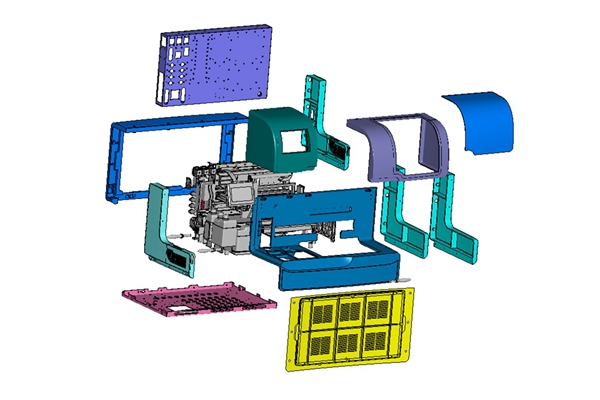What is CNC macro programming?
Key Features of CNC Macro Programming:
1. Parameterization:
Macros can utilize parameters, which are variable values that can change with each execution of the macro. This allows a single macro to adapt to different machining conditions or part specifications without rewriting the entire program.
2. Conditional Logic:
CNC macros can include conditional statements (like IF-THEN-ELSE) to make decisions based on specific criteria, allowing for more complex workflows and adaptability during machining operations.
3. Loops:
Macros can contain loop structures that allow the same set of instructions to be repeated multiple times, facilitating repetitive tasks and reducing programming time.
4. Subroutines:
They can call subroutines, which are smaller segments of code that perform a specific function. This modular approach helps keep the main program organized and manageable.
5. User-Defined Functions:
CNC macro programming allows users to define their own functions that can be reused across different programs, increasing efficiency and reducing errors.
6. Simplified Programming:
By encapsulating complex sequences of operations into macros, programmers can simplify the main CNC program, making it easier to read and maintain.

Applications of CNC Macro Programming:
1. Custom Machining Tasks:
It is often used in custom machining applications where jobs may vary significantly, helping to streamline the process.
2. Tool Changes:
Macros can automate tool change sequences based on the parameters set at the start of the program.
3. Complex Geometry:
When machining complex shapes and geometries, macros can help generate the necessary movements and calculations dynamically.
4. Data Input and Output:
Macros can be designed to input data from external sources or output results for analysis, enhancing process integration.
5. Multi-step Operations:
For operations requiring multiple steps that share common elements, macros can reduce redundancies and improve efficiency.
Conclusion
CNC macro programming is a powerful technique for enhancing the capabilities of CNC machines. It allows for greater flexibility, efficiency, and ease of programming, especially in environments where customization and rapid changes in production requirements are common. By utilizing macros, manufacturers can improve productivity, reduce programming errors, and better bridge the gap between machine operation and manufacturing needs.



